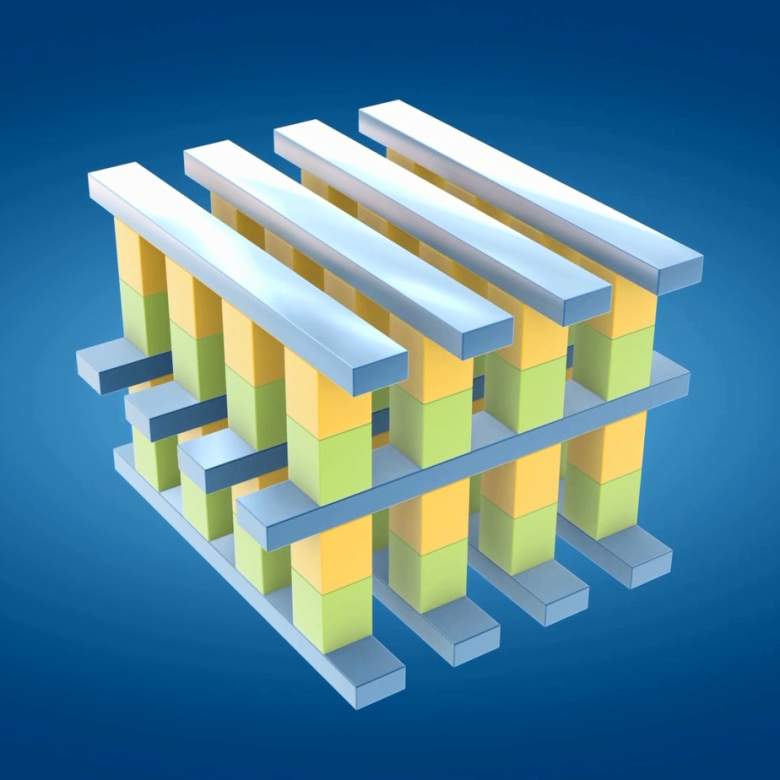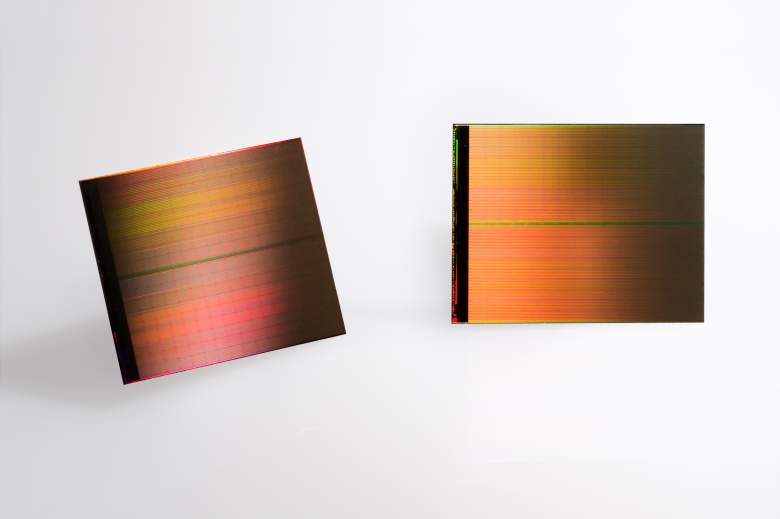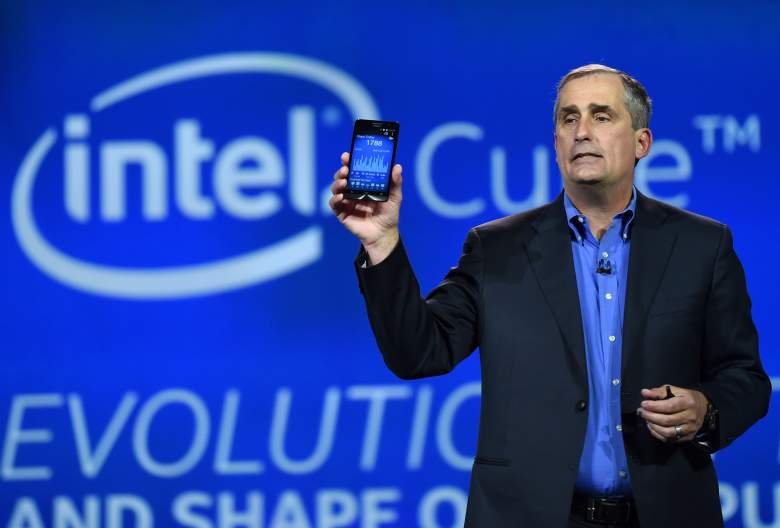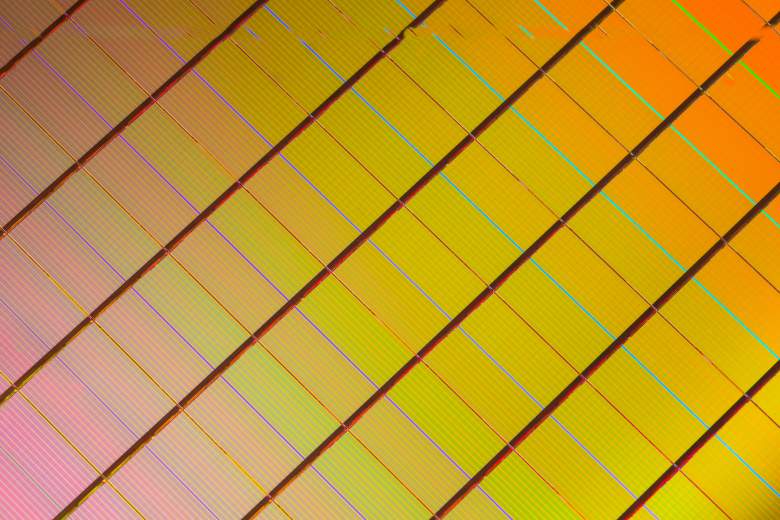
Crosspoint image for Xpoint 3D Memory Chip (Intel)
A new memory chip up to 1,000 times faster than what’s currently on the market could be reaching consumers in the near future. Intel Corp. and Micron Technology Inc. have announced the 3D XPoint, which could be the first new memory category in 25 years and possibly a game-changer to the industry. Here’s what you need to know.
1. The New Chips Will be 1,000 Times Faster Than Current Flash Memory Chips

The 3D XPoint memory chip by Intel and Micron could be a game-changer. (Intel)
The 3D XPoint will be up to 1,000 times faster than commonly used memory chips now on the market called NAND flash chips, The Wall Street Journal reported. NAND chips are used in most mobile devices. The new chip will also store up to 10 times more data than DRAM chips, while retaining data when powered off — something DRAM (dynamic random access memory) chips can’t do.
2. The 3D XPoint Could Be a Major Disruption to the Current Market

Intel CEO Brian Krzanich speak at the 2015 International CES in January 2015. Intel and Micron’s new XPoint chip could be a game-changer. (Getty)
Intel’s CEO, Brian Krzanich (pictured above), stated that Intel’s immense growth recently has been due to advances in memory, data centers, and “The Internet of Things,” ZDNet reported. In fact, Intel and Micron are already working on products that will utilize the new XPoint 3D memory, ranging from gaming to DNA research and healthcare. Micron’s president, Mark Adams said in a press release that the new chip could be a major disruption to the technology market, leading to all new kinds of applications:
This new class of non-volatile memory is a revolutionary technology that allows for quick access to enormous data sets and enables entirely new applications.
CNET reported that the new technology could essentially replace both a computer’s RAM and it’s solid-state drive. The current motherboard architecture won’t be enough to handle the XPoint’s speeds, so although it can be used, eventually an entirely new architecture may be needed, Intel’s Vice President Rob Cooke told CNET.
3. The New Chip Will Create a Three-Dimensional Checkerboard for Memory

3D XPoint wafter up close (Intel)
Intel and Micron are a bit hush-hush about some details of the chip, including materials used in its development. However, the companies’ press release explains that the XPoint uses a three-dimensional architecture to allow for faster read/write process:
The … architecture creates a three-dimensional checkerboard where memory cells sit at the intersection of word lines and bit lines, allowing the cells to be addressed individually.
The press release goes on to state that the chips are compact, with perpendicular conductors connecting 128 billion memory cells. Each cell stores one bit of data. The cross point array memory cells can then be stacked in multiple layers, increasing memory with future generations. The press release contains more technical details about how the chips are designed.
4. Select Customers Will Receive Samples Later This Year
Certain customers chosen by Intel and Micron will receive sample chips later this year. The initial two-layer chips will store 128 GB of data, the Wall Street Journal reported. But later version will have more layers, increasing the memory capacity.
5. Other Experts Are Debating the Importance of the Claims
Meanwhile, some experts and customers alike are not convinced the 3D XPoint will be such a game-changer. For example, The Wall Street Journal reported that an executive at Crossbar Inc. felt the technology mimicked elements of its own RAM tech.
